renewableenergy
Latest

Tesla's new solar energy station will power Hawaii at night
Renewable energy supplies are great because they produce power without filling the air with pollution. Yet, once the sun goes down solar panels become pretty useless. But Tesla and Hawaii have a solution that'll use the sun's rays both day and night using Powerpacks built at the Gigafactory.
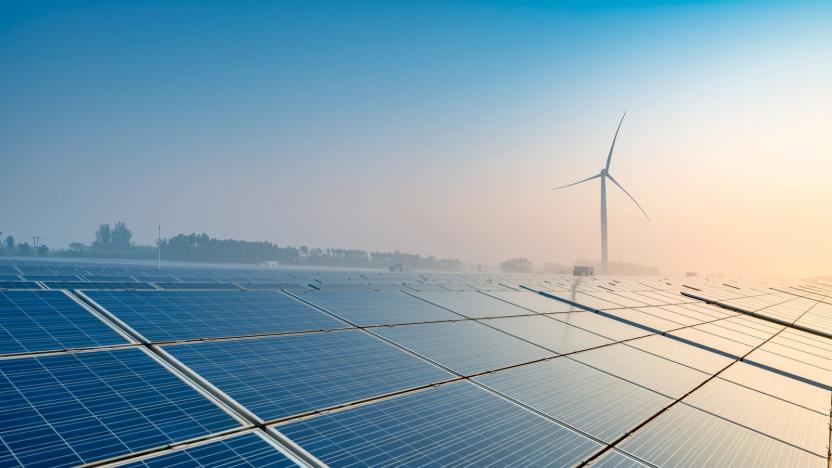
A renewable planet is almost inevitable
When the leader of the free world denies climate change and fills his cabinet with like-minded individuals, it's hard not to panic. The world is, after all, hurtling toward an irrevocable ecological catastrophe that threatens all of our lives. There may be a reason to be slightly less pessimistic, however, thanks to the mechanics of the energy business. Shortly before leaving the White House, Barack Obama said that clean power had an "irreversible momentum," and it looks as if there might be evidence to justify his optimism.

Half of UK electricity now comes from nuclear and renewables
A record 50 percent of the UK's electricity was generated from renewables and other low carbon energy sources in the third quarter of 2016. That's up from 45.3 percent the year prior, a milestone fuelled by a sizeable increase in wind, solar and nuclear energy. A neat quarter came from renewables, including hydroelectric, while the other 25 percent was sourced from nuclear reactors. According to the UK government, the growth in green energy can be attributed, at least in part, to "improved weather conditions" across the UK, including higher wind speeds, increased rainfall and longer stretches of sunlight (though I don't remember that last one happening).

Six places where renewable energy is cheaper than fossil fuels
By Cat DiStasio In the race to reduce the world's reliance on fossil fuels, cost is a huge factor. It's taken years, but advances in technology and increases in both efficiency and output have helped bring down the expense of renewable energy, which has in turn increased demand. Globally, fossil fuels are still cheaper than these alternative sources, but there are a few places around the world where clean energy is winning, dollar for dollar. Sometimes, too, there's so much of it that the market price drops to zero. With the cost of renewable energy getting lower by the year, if not the month, environmental advocates are hopeful that energy sources like solar and wind power can eventually edge out fossil fuels entirely. Let's take a look at some of the locales where renewable energy is proving that a clean world doesn't have to be more expensive.
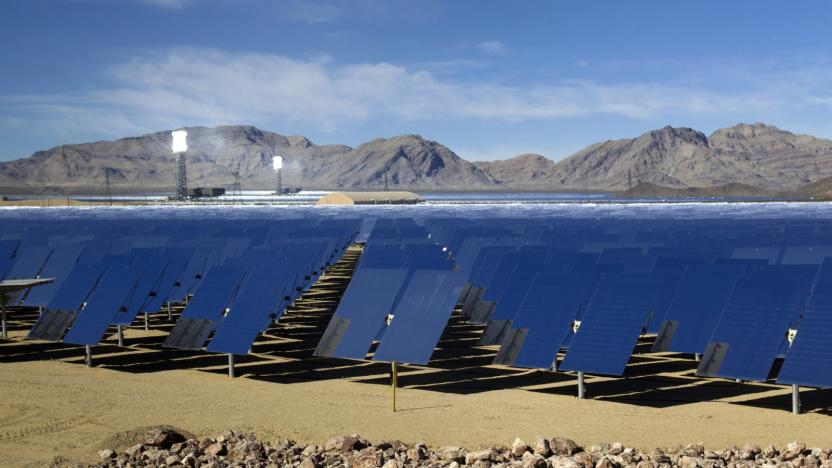
Google expects to run solely on renewable energy in 2017
Google has made it a point to run as much of its business on renewable energy as possible, and it looks like the company is close to reaching its ultimate goal. The internet pioneer now expects that all of its offices and data centers will be relying on purchased solar or wind power by some point in 2017. This isn't the same as directly powering facilities with eco-friendly energy (logistics and the nature of electrical grids makes that difficult), but it does mean that Google is funding enough projects to offset its massive power demands -- 5.7 terawatt-hours in 2015.
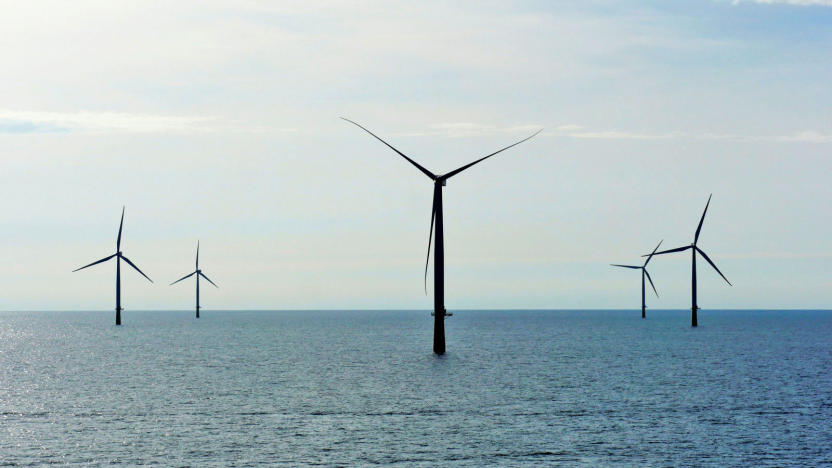
The EU plans to cut 30 percent of its energy usage by 2030
Even if the forthcoming Trump administration doesn't take climate change seriously, the European Union plans to slash its energy usage by nearly a third by the year 2030. By the terms of the Paris Climate Agreement, the EU already planned to cut carbon emissions by 40 percent over the same period, but the new usage goal will further eliminate waste by focusing on renewable energy sources and renovating older, less efficient buildings.

Six unexpected sources of renewable energy
By Cat DiStasio When it comes to discussions about renewable energy, solar and wind power often take center stage. To a lesser degree, other forms like geothermal energy and hydropower also get some attention. But many people may not be aware that there are many other sources of renewable energy currently in use around the world, all helping to counterbalance the enormous carbon dioxide emissions from burning fossil fuels. Small projects are turning to dirt and microbes, underground stores of liquid magma and even pedestrian footsteps to harvest energy that would otherwise be wasted. While none of these efforts alone can save the planet, the continued research and development to increase their efficacy may eventually help entire communities eschew fossil fuels without sacrificing much-needed electricity for light, safety, warmth and medical care.

Solar dish sets steamy thermal energy efficiency record
In the hunt for ever more reliable and efficient green energy production, the Australian National University (ANU) has developed a solar dish with an incredibly high sunlight-to-steam conversion rate. That's right, steam. Instead of photovolatic solar panels, which convert the sun's rays directly into electricity, the so-called "Big Dish" reflects them back at a receiver, suspended in mid-air, which converts water into steam. The gas can then be used to power a motor, or stored for long periods as molten salts. The latest breakthrough? A new receiver that's 97 percent efficient.

Harvard's battery tech takes cues from vitamin B2
A team of Harvard scientists on a quest to find an organic molecule that can be used to make non-toxic, low cost flow batteries found their answer in vitamin B2. By making just a couple of tweaks to riboflavin's original molecule, which converts carbs to fuel in our bodies, they were able to design one that can be used to store energy harnessed by solar and wind sources. The same team previously worked on a battery that uses a type of organic molecule called quinones and ferrocyanide (a food additive) instead of typical electrolyte. They decided to find other molecules that could lead to a version with better capacity, however, and were inspired by B2's capabilities.

Apple will turn landfill gas into sweet electricity
Apple has been given permission by North Carolina to build a facility that uses the methane emitted from landfill waste to create electricity. The plant, which will be based in Catawba County, will stand for 16 years, with the option of a five-year extension should the parties agree. As 9to5Mac explains, it's an energy method that both generates power from waste and prevents the release of methane into the atmosphere. The news comes less than a day after the firm was given permission to begin reselling energy to power companies.
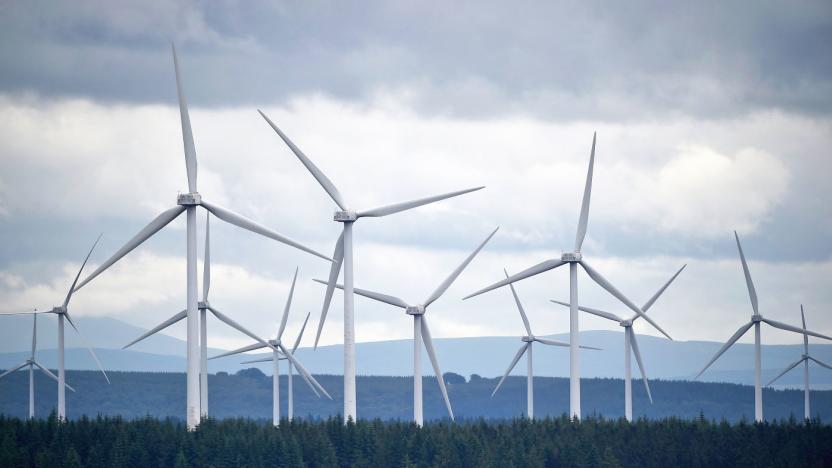
England isn't windy enough for new turbines, claims industry boss
Every country has its stereotypes, but England will always be famous for its terrible weather. You'd think a land labeled for its cold, wet and windy conditions would be ideal for generating energy, but it turns out that isn't the case. The head of the UK's wind industry trade body, Hugh McNeal, has even gone on record to admit that England simply isn't windy enough to justify the creation of any more wind farms.

Santiago subway will be the first powered mostly by the sun
A subterranean transit system may seem like an unlikely place to find some solar power, but that is exactly how the city of Santiago, Chile hopes to power the trains on its 108-stop, 64-mile Metro system. According to Fast Company, the Santiago Metro will soon be the first in the world to get the majority of its power from renewable resources.
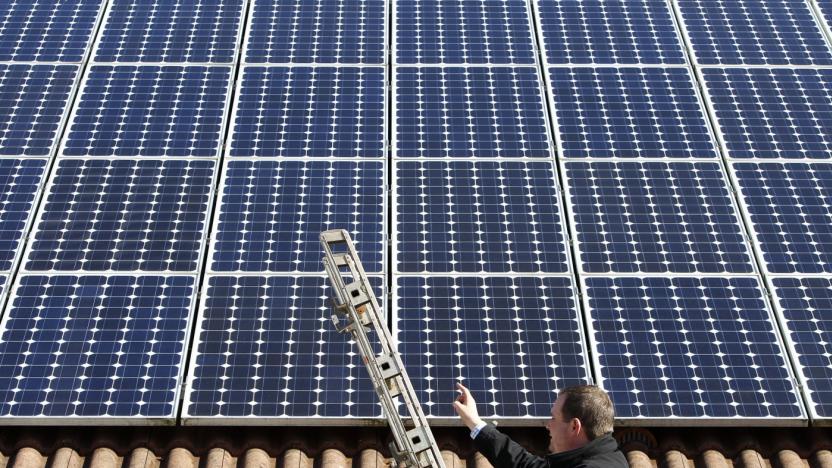
Ikea is selling solar panels in the UK again
The UK government slashed solar subsidies earlier this year, however Ikea is still determined to sell the dream of a solar-powered home in Britain. Today, the company has launched three "Solar Shops" that sit inside its stores in Glasgow, Birmingham and Lakeside (Thurrock). These will be Ikea branded and manned by its own staff, who will be able to offer advice and give a provisional quote. Ikea will then hand over to UK solar specialist Solarcentury, which can take customers through the design and installation process. If the pilot is successful, Ikea says it plans to open Solar Shops in all of its UK stores "by the end of the summer."

Google puts money into cementing green energy standards in Asia
Plenty of big tech companies are looking to source green energy whenever they can for their substantial energy needs, and Google is the same. But it looks like it's hard to find the renewable energy you're looking for in Asia -- specifically China, which is why the company says it's offering seed funding to the Center for Resource Solutions. The non-profit is going to bring its experience in setting up and running renewable energy certification programs to Asia, starting in Taiwan. That's good, because that's right where Google needs green power for its data center.

Mechanical 'trees' generate energy by swaying in the wind
What if windmills looked more like trees? Well, a team of engineers at Ohio State University is looking for answer to that question with structures that resemble trees, but actually create energy when they move in the breeze. That swaying motion from the wind, and the resulting structural vibrations, is converted into electricity with electromechanical materials such as polyvinylidene fluoride (PVDF). The project isn't merely concerned with those tree-like structures, though. It also looks to harvest the energy generated from the vibrations of buildings and bridges.

Google makes big clean energy purchase to power data centers
Powering Google's online empire takes a lot of energy, and the company wants to use all clean sources to run its data centers by 2025. The company announced the next step towards that milestone today with word that it purchased 842 megawatts of renewable energy on three continents. The purchase includes solar and wind power in locales that range from North Carolina to Chile and Sweden, doubling what it had bought so far. Google says today's announcement is the largest purchase of clean energy by a non-utility company ever.
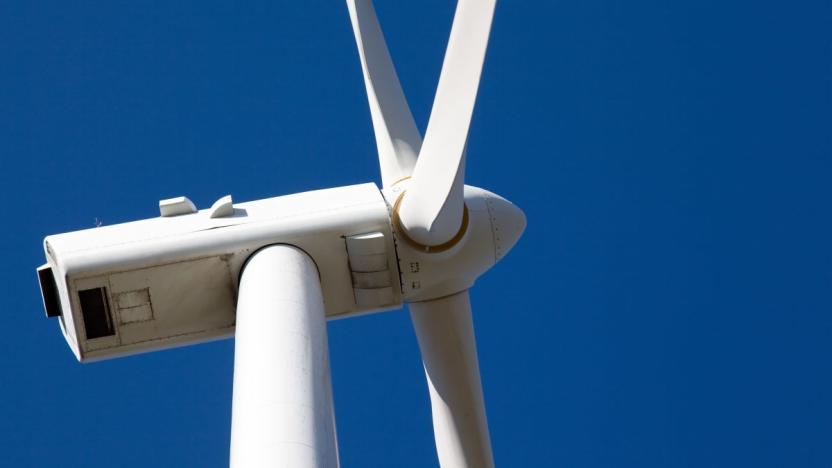
Study maps where golden eagles are safe from wind turbines
Researchers have completed a novel study that may help the wind farm industry avoid protected golden eagle habitats. Wind turbine blades reportedly kill up to 300,000 birds per year in US, which is admittedly a small percentage compared to those killed by your cat. Still, the golden eagle is particularly susceptible, considering that around 100 individuals were killed last year by a single wind farm in Altamont, California -- and there are only 500 breeding pairs in the state. The new study posits a simple idea: Why not plot both golden eagle habitats and the areas with the best wind farm potential, and make sure the areas don't intersect?

Facebook says renewables will power 50% of its data centers by 2018
Facebook is stepping up its commitment to renewable energy today. While announcing a new data center in Fort Worth (above), which happens to be entirely powered by wind energy, the social network also set a new goal of having 50 percent of its data centers relying on renewables by the end of 2018. That follows an earlier self-imposed goal to have 25 percent of its data centers powered by clean energy come the end of this year. Naturally, Facebook plans to have all of its operations powered by renewable energy eventually. It's also working together with Greenpeace -- which took today's announcement as a chance to shame Amazon for its data center energy usage -- to ensure that it's exploring new energy options properly. Facebook teamed up with Citi Energy, Starwood Energy, and Alterra Power to bring a 17,000 acre wind farm online for its new Fort Worth data hub, which should deliver around 200 MW of energy to Texas. Facebook plans to get that new data center online by the end of 2016.

UK government pulls support for new onshore wind farms
In the future, there's a good chance you'll see fewer wind farms being erected in the British countryside. That's because the UK government is killing a subsidy scheme that gives onshore wind farms a helping hand when they sell their electricity to energy suppliers. Under the Renewables Obligation (RO) order, Ofgem currently awards wind farms special certificates based on the amount of electricity they generate. They then sell these to the UK's energy providers, earning a premium on top of their normal wholesale prices.

These seven climate science projects could save the world
The human race is doomed, and it's all our own fault. With the quantity of carbon in our atmosphere now well beyond the safe limit, it's almost certain the planet's temperature will continue to rise. Climate change is causing natural disasters of biblical proportions; a situation that's only going to get worse as time progresses. We all need to work harder to improve this situation by using less energy and behaving more responsibly. But since some people will never be convinced the Earth's rapidly approaching the end of its humanity-hospitable era, we're now in dire need of alternative options to save us from ourselves. To help get the word out, we've compiled a list of some of the most exciting scientific projects we've seen of late that could, if successful, undo some or all of the damage we've caused. [Image: Lisa Werner / Alamy]










